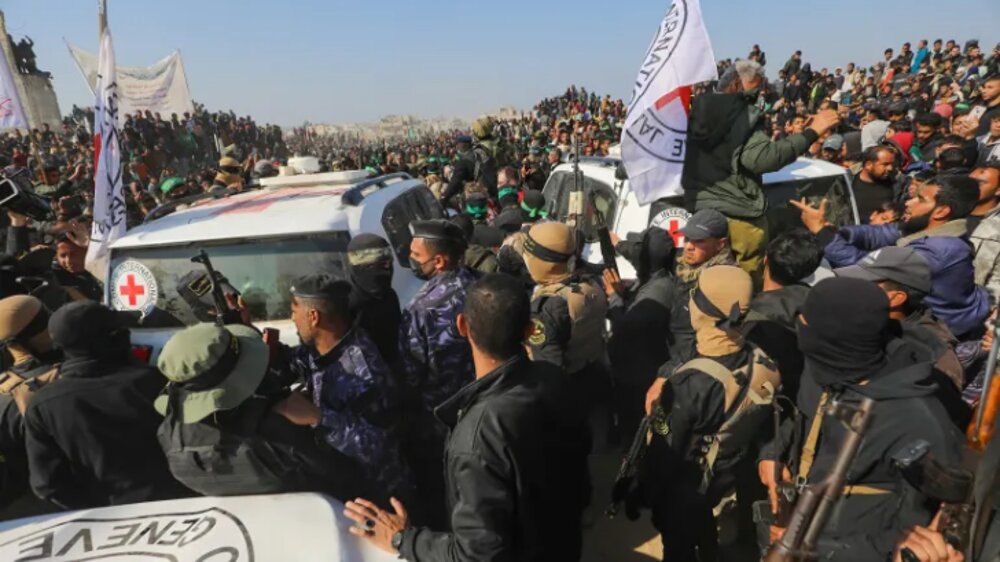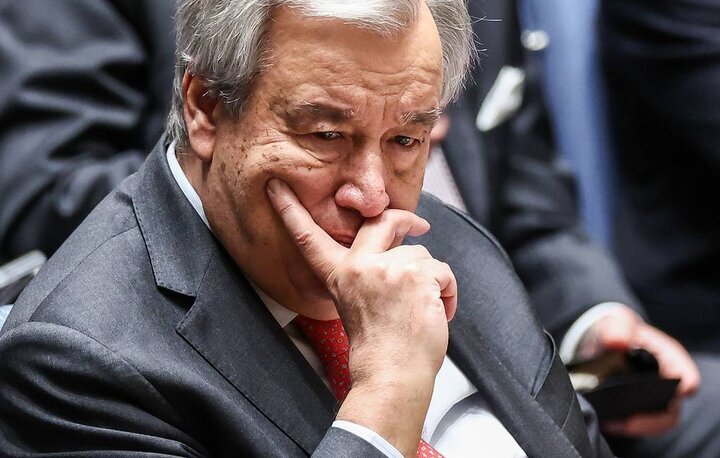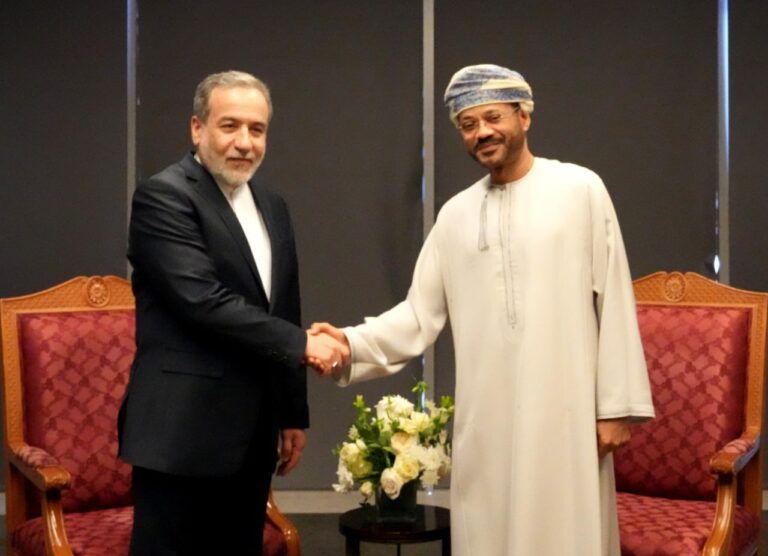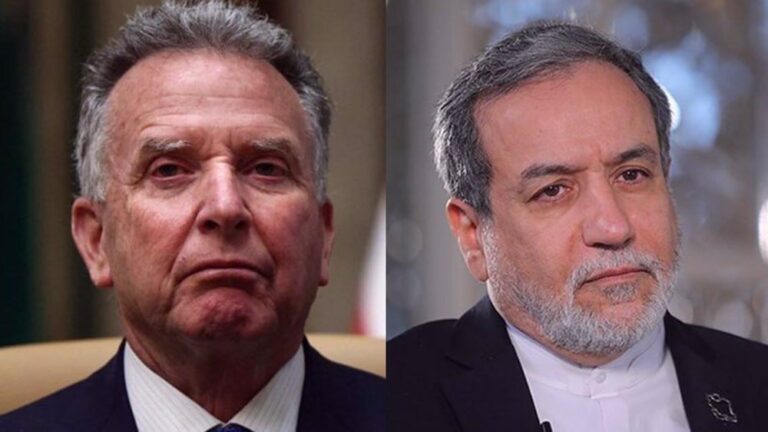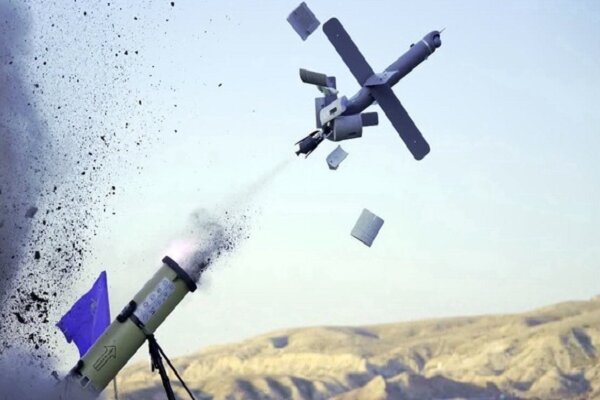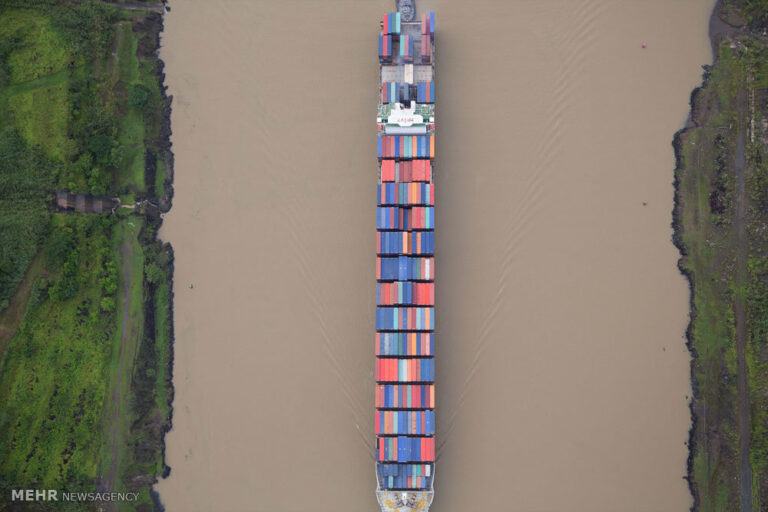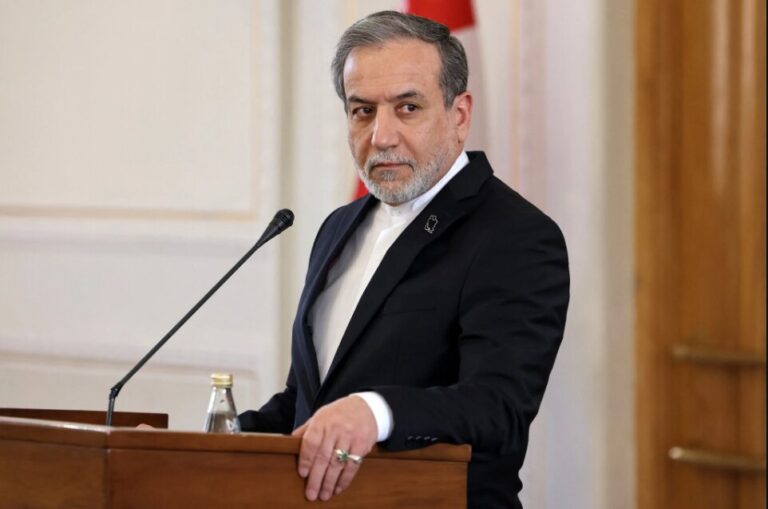Israeli PM Halts Release of 110 Palestinian Prisoners: A Controversial Decision Sparks Debate
The ongoing developments in the Israeli-Palestinian conflict continue to capture global attention, especially with the recent prisoner swap that has significant implications for both sides. On Thursday, the Palestinian resistance successfully released an Israeli female soldier, along with two settlers and five Thai nationals, marking the third round of this critical prisoner exchange.
This exchange is a part of a larger agreement wherein Hamas has committed to releasing a total of 33 Israeli captives over six weeks. In return, Israel is expected to release approximately 2,000 Palestinian prisoners. This substantial swap is viewed by many as a pivotal moment in the ongoing negotiations between the two sides.
Hamas has fulfilled its obligations for this third phase of the prisoner swap by releasing eight captives, which has raised expectations for Israel to reciprocate by releasing 110 Palestinian prisoners, including 30 minors. However, Israeli Prime Minister Benjamin Netanyahu has taken a cautious stance.
- Netanyahu’s Concerns: In a recent statement, Netanyahu announced that he had ordered a halt to the release of Palestinian prisoners, citing the chaotic conditions surrounding the handover of the eight captives.
- Request for Guarantees: The Israeli premier emphasized that future exchanges would be postponed until mediators could secure guarantees from Hamas regarding the safe exit of hostages in subsequent rounds.
The exchange on Thursday was notable not just for the number of captives released but also for the manner in which it unfolded. Surrounded by masked Hamas and Islamic Jihad fighters, the released captives moved through large crowds of Palestinians toward Red Cross vehicles without incident, as reported by Press TV.
However, the situation remains tense. Following a previous exchange of captives held in Gaza, Netanyahu ordered Israeli troops to prevent Palestinians from returning to their homes in northern Gaza. This decision came after claims that Hamas had not fulfilled its part in releasing a specific captive, a claim that Hamas has firmly denied.
As a result of this holdup, hundreds of thousands of Palestinians found themselves stranded behind an Israeli military barrier for two days. It wasn’t until the situation escalated that they were finally allowed to return home.
During this period of uncertainty, Israeli forces reportedly fired upon crowds on three separate occasions, resulting in the deaths of two individuals and injuries to nine others, including a child. This has raised concerns over the safety of civilians amid the ongoing conflict.
Despite these incidents, Israel has begun to pull back from several areas of Gaza as part of a ceasefire that went into effect last Sunday. This ceasefire aims to bring an end to the 15-month-long Israeli military operations in Gaza while also facilitating the release of captives still held in the region in exchange for hundreds of Palestinian prisoners.
The scope of this exchange is significant. According to the Palestinian Prisoners Club advocacy group, among the Palestinian prisoners scheduled for release on Thursday, 32 individuals had received life sentences, while 48 others were serving various prison terms.
In the previous two exchanges, Hamas had released seven Israeli captives in return for 290 prisoners, most of whom were Palestinians, with one being Jordanian. This pattern of reciprocal exchanges points to the complex negotiations that have taken place behind the scenes.
Looking ahead, a fourth exchange is already scheduled for Saturday, which is expected to involve the release of three Israeli men. As these negotiations continue, the international community watches closely, hoping for a lasting resolution to this long-standing conflict.
In conclusion, the recent prisoner swap highlights the intricate dynamics of the Israeli-Palestinian conflict. With many lives hanging in the balance, the outcomes of these negotiations will undoubtedly shape the future of both communities. The road ahead remains fraught with challenges, but the potential for dialogue and resolution continues to be a beacon of hope.
